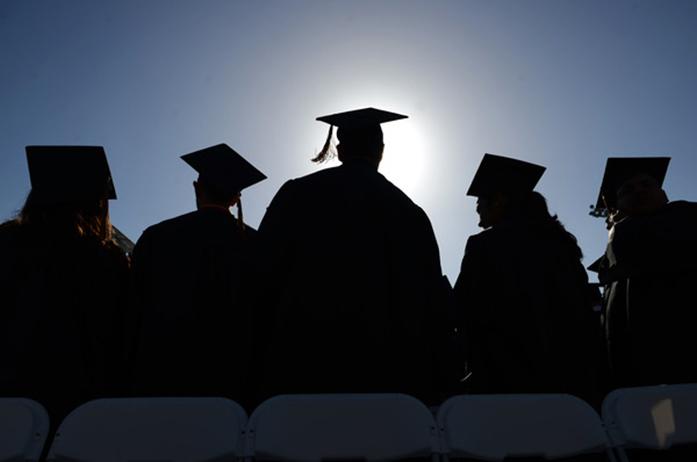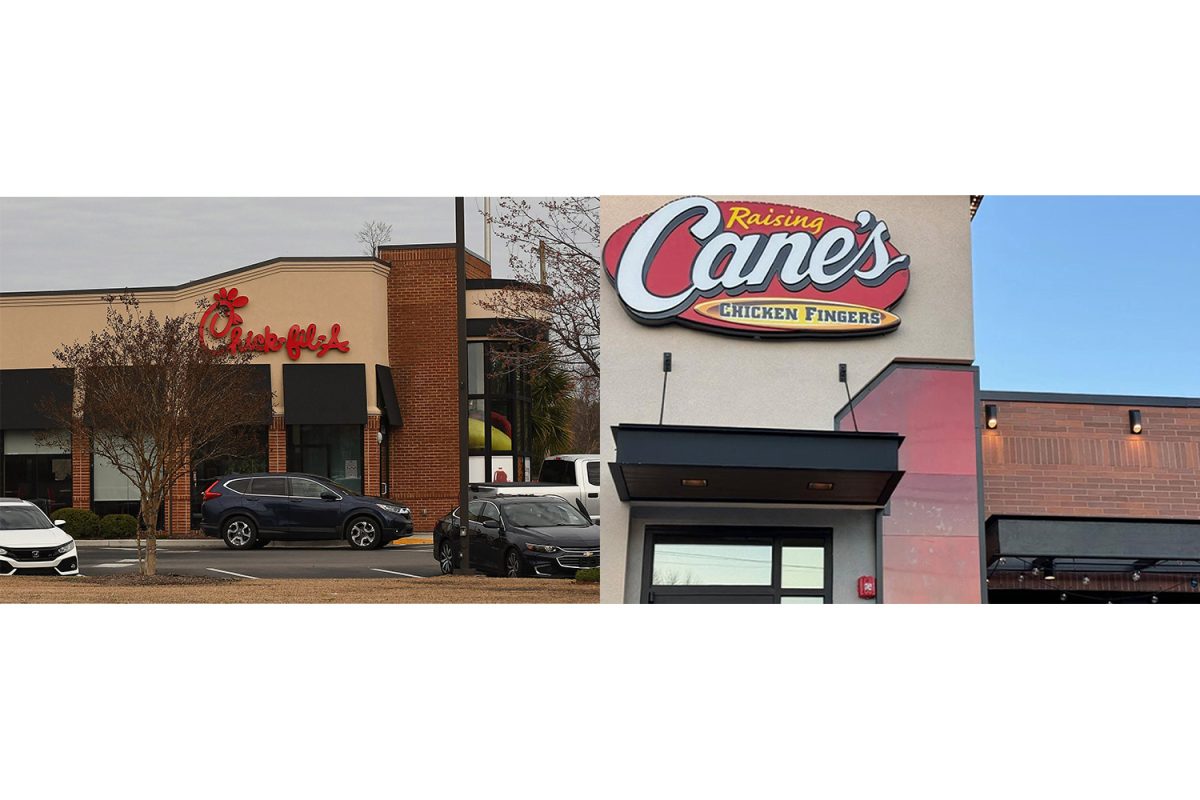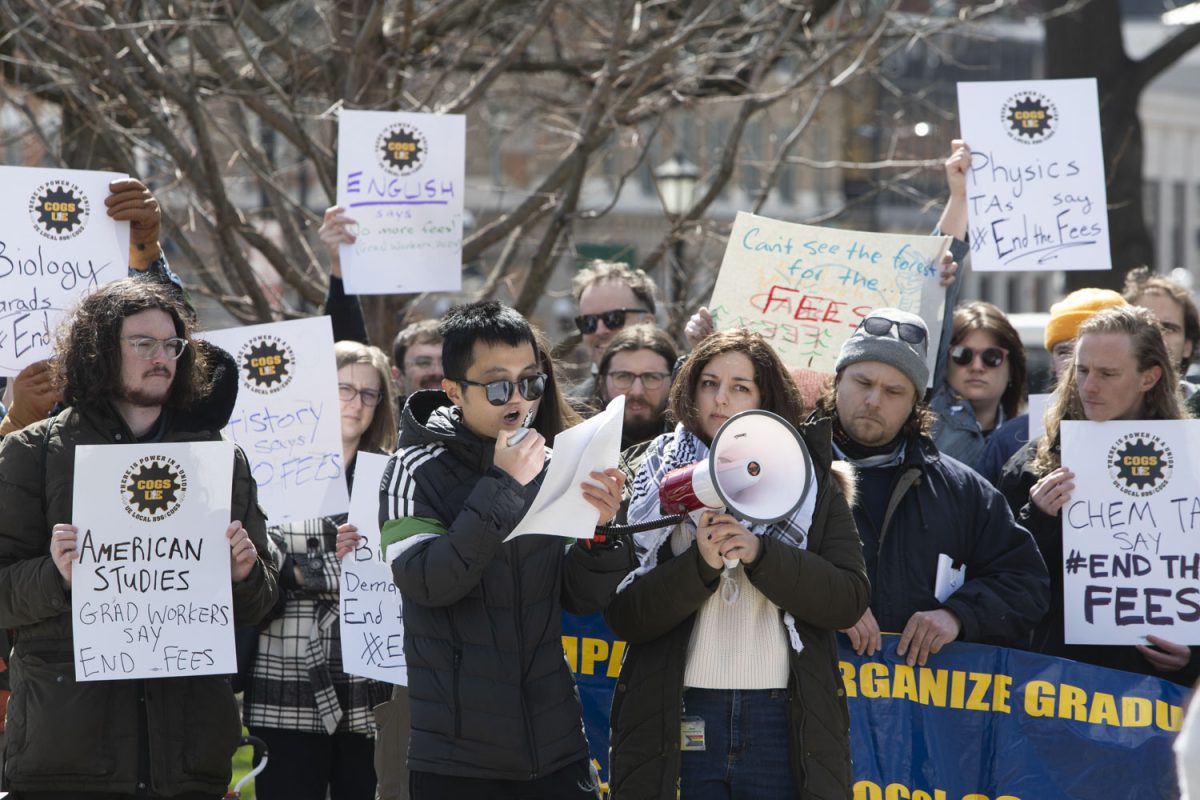A.J.K O’Donnell
There is a hidden aspect of academic life at the University of Iowa that few are willing to discuss, and even fewer seem to expose as problematic. According to the college-statistics database College Factual, the freshman retention rate at Iowa is roughly 86 percent. This figure suggests that around 86 percent of the current freshman Hawkeye class will return for subsequent academic years to the university.
However, the next percentage one will find, is far more troubling. The 2016-17 U.S. News & World Report & highlighted that a mere 51 percent of Hawkeyes will graduate in four years, if at all. The cut of almost 35 percentage points should make individuals question what are the factors that seem to consume a chunk of each graduating class.
As with most problems on a college campus, graduation rates must be analyzed with an intersectional lens. Some may suggest that low-income students make up the majority of students who do not graduate on time, or at all. Citing their dissolving financial funds, access to resources, and other factors are truly irrelevant. Others may argue that the large decrease in retention to graduation is due to life circumstances and individuals studying at their own pace. While that argument may have at least a shred of possible validity, the problem of low graduation rates at the UI is arguably not due to any of the preceding assertions. All one must do is walk around on any given evening of the week, and a different conclusion may start to bubble up in the argument about graduation deficiencies.
According to the Princeton Review for the 16-17 academic year, the UI has dropped to sixth place on the “Party Schools” list. Now, that our graduation rate has actually increased as the “Party School” ranking decreased in the past few years should indicate a concerning correlation to the two values. If students from across the country, and even on the international level, are entering the Hawkeye family to spend their days drinking and enjoying the fast life, then the probability of graduation being at the forefront of their minds is low.
The investigation of graduation rates, academic preparation, and intersectional social variants is not a novel discussion in the United States. Just under a year ago, a Supreme Court justice argued that minority students, specifically African-American students, should be filtered into a, “slower track school, where they will do well.” On NBC News, he even cited that a “less-advanced school” would be more beneficial to students of color, solely because of skin color, financial status, and intellectual levels. Instead of whipping out why graduation rates, academic success, and intellectual levels correlates with factors such as race, gender, and financial status, it would do Iowa and other universities well to ask the question, what is truly causing the graduation rates to drop or remain low?
Blaming this low rate on minority students or low-income students is not only problematic, it becomes a matter of arbitrary denial. Low-income students know why they have come to college; they are here to focus on academics and understand they must work harder to remain academically and financially afloat. The same can be said with minority, and even majority students. Students who have come to college with a desire to graduate, obtain a degree, and continue on in their life journey are not the ones dragging the rates down. To truly acknowledge the problems of academic and social statistics on college campuses, one must understand that they are intertwined, distinct, and ultimately unable to point “blame” at one specific demographic of students. However, statistics can uncover direct correlations between student “actions” and graduation, not the type of students themselves.









